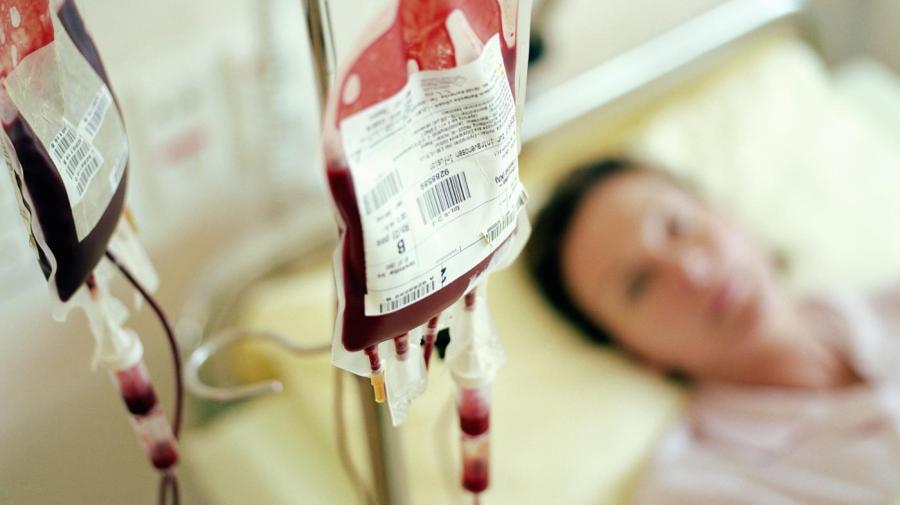What Happens If You Receive the Wrong Blood Type?

Receiving the wrong blood type can lead to a severe reaction that is potentially life threatening, according to WebMD. Symptoms such as fever, hives, shortness of breath, chills, low blood pressure and pain are all reactions that can range from mild to severe that are linked to blood transfusions. This is a rare occurrence caused by human error that happens in just one out of every 14,000 transfusions performed.
Blood used for a transfusion as well as the blood of the person receiving the transfusion undergoes a “type and cross match” test to determine compatibility, according to the National Center for Biotechnology Information. This greatly minimizes transfusion rejection, but even in this case, donor blood can contain antigens that are not routinely typed; this could be incompatible with the recipient’s blood if it contains antibodies that target them.
According to WebMD, some people bank their own blood in advance of surgery to minimize further the risk of receiving the wrong blood or rejecting donor blood. Even if someone receives the correct blood type, there is a risk of reaction, though the risk is much higher when the wrong blood type is transfused. Symptoms such as fever, hives, shortness of breath, chills, low blood pressure and pain are all reactions that can range from mild to severe that are linked to blood transfusions. Due to modern testing, rejection rates and reactions to blood after a transfusion are greatly minimized and, in the case of a mild reaction, are completely treatable if handled quickly.





